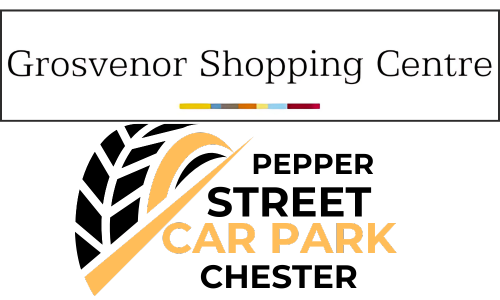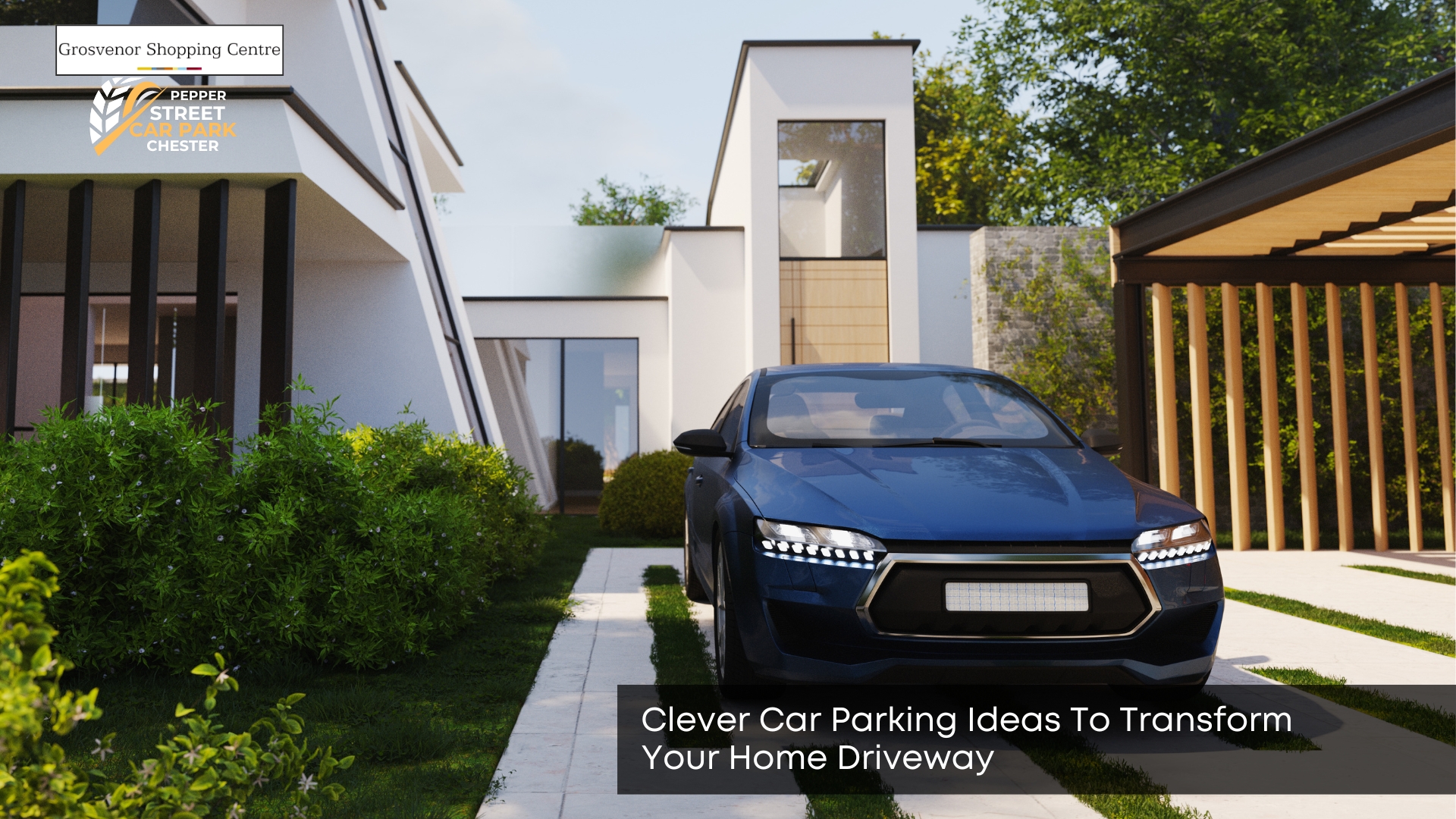Your driveway is more than just a place to park; it’s the first part of your home most people see, and it can affect both safety and convenience. With a few smart upgrades, even a small or awkward driveway can be transformed into a space that’s easier to use and more visually appealing. From clever layouts to practical add-ons, this guide covers car parking ideas that can transform your home driveway into a more useful and attractive space.
Why Should You Upgrade Your Home Driveway for Parking?
Upgrading your home driveway for parking helps improve safety, space and property value. A better layout makes parking easier, especially for families with multiple cars. Upgrades can also address drainage problems, prevent surface damage, and enhance kerb appeal. With smarter use of space, your driveway becomes more than just a place to leave your car. Layout is the first place to start.
How Can a Driveway Layout Improve Parking Efficiency?
A well-designed driveway layout utilises the available space most practically, allowing for more cars to be accommodated and facilitating easier access. Angled bays, straight lines and turning areas all affect how simple it is to drive in and out. Designing for your usual parking habits reduces the need for constant reversing or shuffling. Planning the layout first makes every other upgrade work better. Once the shape is right, the material matters too.
What Are the Best Materials for a Practical Driveway?
Popular materials for driveways include concrete, block paving, resin-bound gravel and asphalt. Each has pros and cons: block paving looks neat and is easy to repair, while resin offers a smooth surface that drains well. Concrete is low maintenance but less flexible in design. Choosing the right material ensures your driveway handles daily use without cracking or flooding. Clear markings also improve how you use the space.
Can Adding Markings or Lines Make Parking Easier?
Yes, painting lines or using markers helps drivers park within the space properly, especially when multiple cars use the drive. Markings stop overhanging into paths or neighbouring bays, reducing the chances of door scrapes. You can use paint, set stones or low edging to define the space. These small guides work well with turning spaces as well.
Should You Consider Turning Space or Reversing Bays?
Adding a turning space or creating reversing bays makes it easier to leave the drive without backing into traffic. This is particularly useful for homes located on busy roads or those with limited visibility. A reversing bay allows you to turn inside your driveway before heading out. These features take some planning but improve safety and confidence. Another way to add control is with security features.
How Do Fold-Down Bollards Improve Driveway Control?
Fold-down bollards prevent unauthorised use of your driveway and help keep parking organised. They’re simple to install and can be locked in place when needed. This is helpful for shared drives or rented properties. Bollards also protect EV chargers or front gardens from damage. Alongside them, visibility tools also play a role.
What Role Do Mirrors and Lighting Play in Driveway Safety?
Driveway mirrors provide a clearer view of the road when pulling out, especially in areas where fences or hedges obstruct visibility. Proper lighting makes it easier to park in the dark and improves security. LED spotlights or motion-activated lights are popular for driveways. These tools make your upgrades work well day and night. For more advanced setups, a turntable may be a worthwhile investment.
Are Driveway Car Turntables Worth Considering?
Car turntables are rotating platforms that spin your vehicle, allowing you to drive forward. They’re ideal for very narrow or tight urban spaces where reversing isn’t practical. Though they cost more than other upgrades, they solve major space problems. A turntable adds both ease and style. For lower-cost help, consider smart sensors instead.
Can Smart Parking Sensors Help at Home Too?
Yes, home parking sensors work just like those in modern cars, helping guide you into tight spaces. Some systems use beeps or lights to show how close you are to walls or fences. These sensors prevent bumps and help drivers park more accurately. You can even link them to a smartphone app. With careful technology and planning, even small spaces can be utilised more effectively.
How Can You Maximise Parking on a Narrow Driveway?
To make the most of a narrow driveway, use clear markings, install foldable mirrors, and opt for low garden edging to conserve space. Laying gravel strips or parking mats helps guide your wheels into place. Removing bulky borders or unnecessary obstacles also frees up space. Narrow drives benefit most from clever spacing and practical features, such as EV setups.
Is Permeable Surfacing a Good Option for Drainage?
Yes, permeable surfacing allows water to soak through the driveway instead of pooling on top. Materials like resin-bound gravel or porous concrete reduce the risk of flooding and are safer in wet weather. Some councils also prefer permeable options for planning reasons. They work well with homes that also want to install EV chargers.
Can You Add EV Charging Without Losing Parking Space?
Yes, EV chargers can be installed on a wall or post at the edge of your driveway, so they don’t take up space. Cables can be kept tidy using cable covers or retractable units. Planning the charger’s location helps avoid obstacles and ensures a smooth parking experience. As with any redesign, avoiding common mistakes helps the result last. Good layout planning also allows for extra safety features, like strong entry control or car park security barriers that protect both home and vehicle.
What Mistakes Should You Avoid When Redesigning a Driveway?
Avoid poor drainage, uneven surfacing, and tight turning angles when upgrading your driveway. Don’t forget to check planning rules or speak to neighbours if changes affect shared access. Skipping safety features like lighting or signs can also reduce long-term value. A solid plan prevents hassle and creates a space that works well every day. The final design should suit your specific needs. Skipping features like drainage, lighting or signs can also reduce long-term value, especially when compared to professionally designed car park spaces in Chester built for daily use.
How Do You Choose the Best Parking Layout for Your Home?
You choose the best layout by considering the number of vehicles you have, how often you use them, and the available space to work with. Consider ease of entry, visibility and room to open doors comfortably. Look at other driveways in your area for ideas that work. The right layout seamlessly combines comfort, safety, and style in a single, elegant space. If you need ideas for longer stays, consider how holiday parking in Chester combines space-saving design with daily practicalit


Leave a Reply